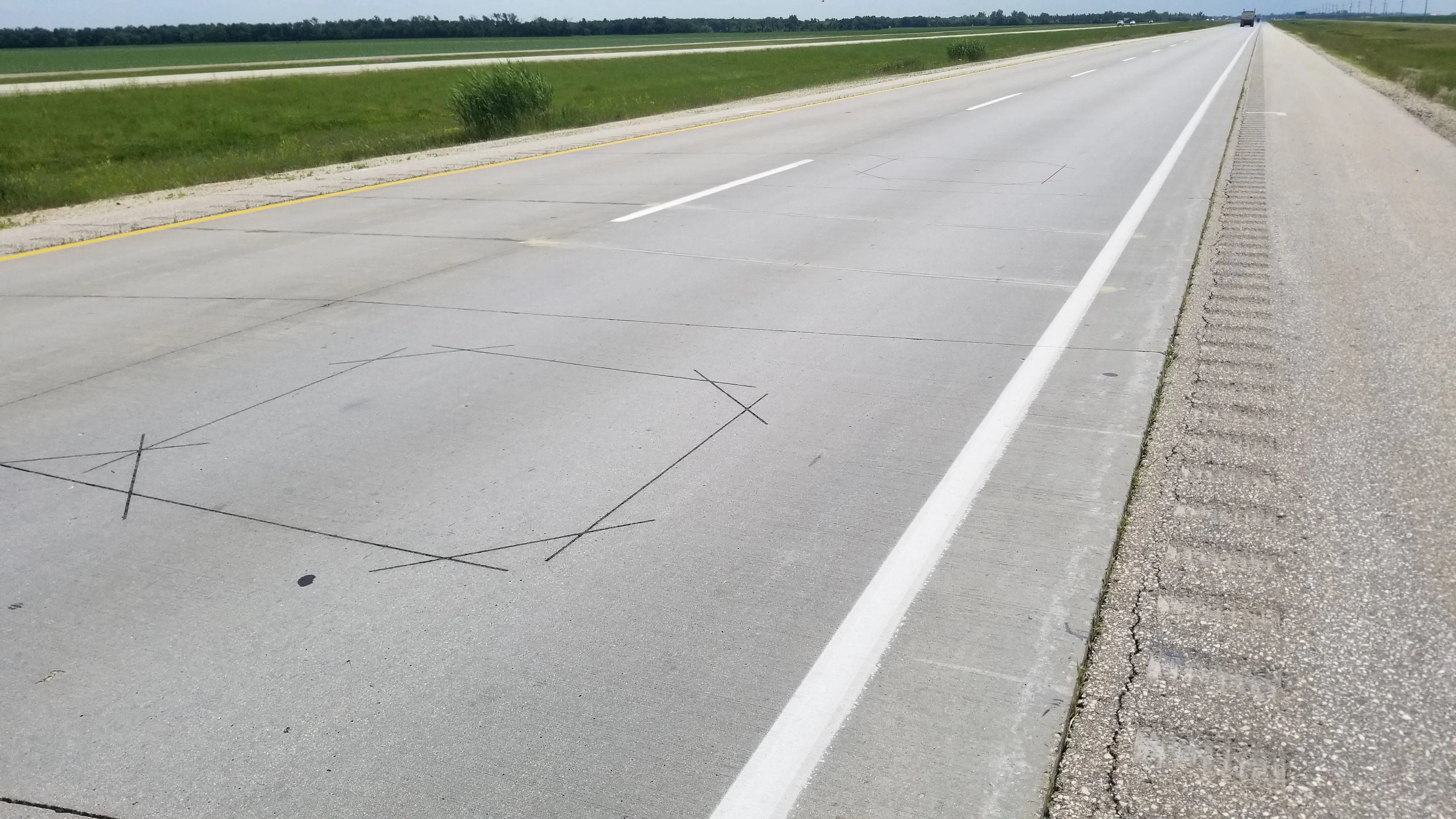Through the creation of the SmarterRoads portal, VDOT aims to accelerate Connected and automated vehicle (CAV) technology development in Virginia by sharing transportation data with third-party sector business, application developers and university partners.
After accepting the SmarterRoads usage agreement, users can create an account and subscribe to as many as 22 different data sets. While SmarterRoads will undergo phased enhancement roll outs, initial data sets include traffic volumes, speed limits, travel advisories, lane closures, crashes, truck restrictions, traffic sensors, incidents, sign messages and locations, paving schedules, short- and long-term weather events, Six-Year Improvement Plan major road construction, and signal phase and timing data. Anticipated audiences include app and software developers, the CAV industry, the auto industry, Original Equipment Manufacturers, universities and researchers, other departments of transportation and federal, state and local agencies.
Feedback can be submitted through the SmarterRoads portal. VDOT will continue to simplify the process to add new users and expand data offerings to meet development needs.
VDOT launches SmarterRoads transportation data portal for developers
The Virginia Department of Transportation (VDOT) has launched SmarterRoads, a new cloud based data portal initiative that provides free, widespread access to a range of VDOT information to organisations interested in creating value-added transportation applications and products for end users. SmarterRoads provides direct access to road and transportation information, beyond currently available VDOT traffic operations data, in one portal site.
August 21, 2017
Read time: 2 mins
The 1747 Virginia Department of Transportation (VDOT) has launched SmarterRoads, a new cloud based data portal initiative that provides free, widespread access to a range of VDOT information to organisations interested in creating value-added transportation applications and products for end users. SmarterRoads provides direct access to road and transportation information, beyond currently available VDOT traffic operations data, in one portal site.








